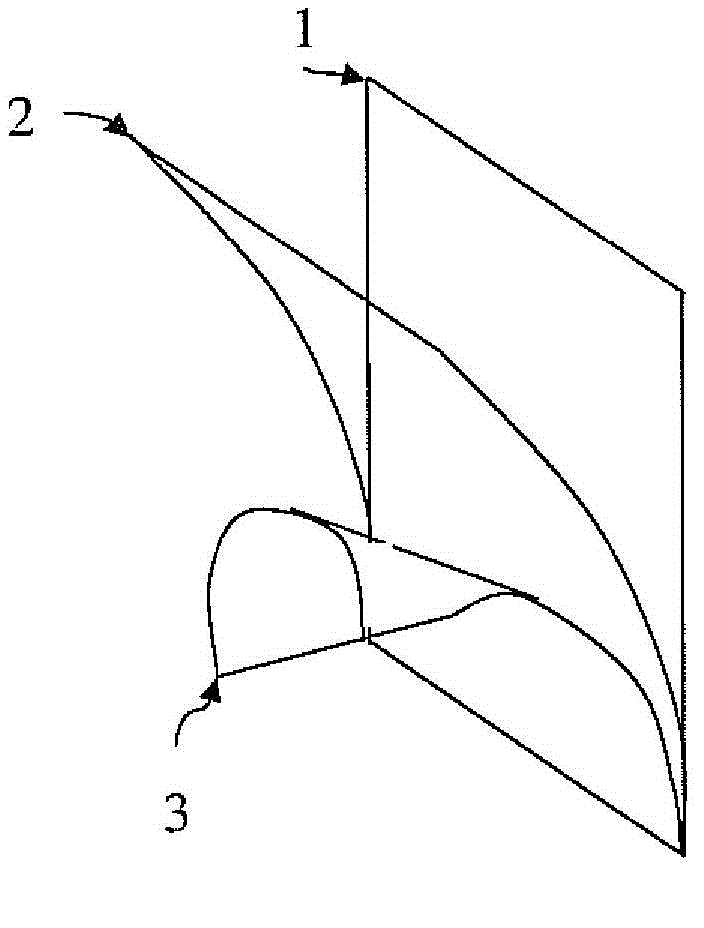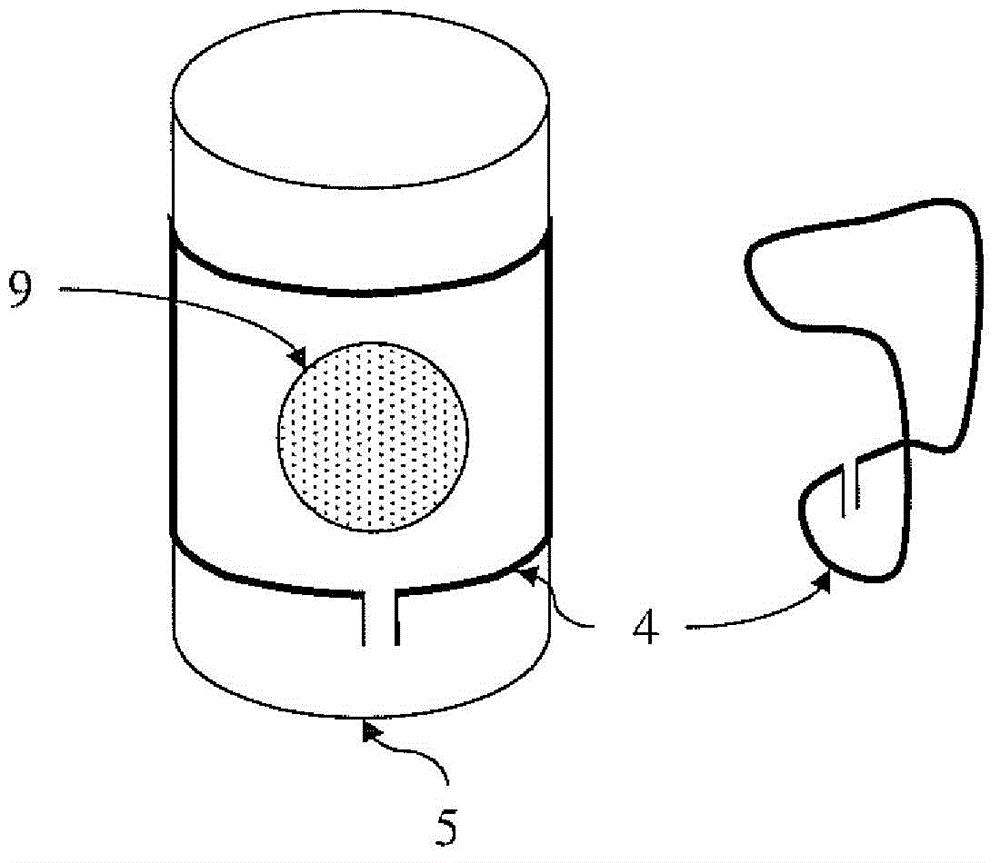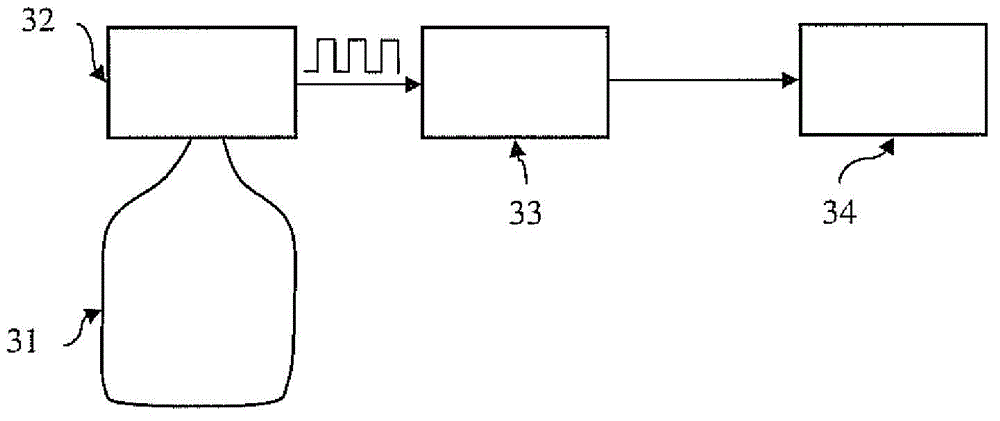Method, brace and system for measuring torsion or bending of a part of a human or animal body
A technology for detecting devices and limbs, applied in the field of brackets measuring torsion or bending, and systems for measuring torsion or bending, which can solve problems such as performance degradation, mechanical damage, and fiber fragility
- Summary
- Abstract
- Description
- Claims
- Application Information
AI Technical Summary
Problems solved by technology
Method used
Image
Examples
example
[0053] exist image 3 In the embodiment of the method shown in , the conductive loop is a 30 cm by 10 cm rectangular coil with a single winding made of metal wire, with one end open for two joints, used to measure inductance. Use a 2.5MHz oscillator to measure the inductance of this loop. This oscillator has a series of pulses that represent the frequency of the inductive based sensor. The inductive sensor is connected in series with the second coil Ls=470nH and capacitor C=5.7nF. A calculator is used to calculate the oscillator's pulse as 10ms. Assume the N measurement is calculated as 10ms. Then, the frequency is measured as
[0054] fm=N*100in Hz
[0055] Then, use
[0056] 2*pi*fm=1 / sqrt(L*C) or
[0057] Lm=1 / (C*(2*i*fm)^2)
[0058] Calculate the inductance.
[0059] Therefore, the actual bend sensor inductance is
[0060] L =Lm-Ls
[0061] Typical values for the inductance L of this loop are between 400 and 600 nH. Figure 7The relationship between the bendi...
PUM
 Login to View More
Login to View More Abstract
Description
Claims
Application Information
 Login to View More
Login to View More - Generate Ideas
- Intellectual Property
- Life Sciences
- Materials
- Tech Scout
- Unparalleled Data Quality
- Higher Quality Content
- 60% Fewer Hallucinations
Browse by: Latest US Patents, China's latest patents, Technical Efficacy Thesaurus, Application Domain, Technology Topic, Popular Technical Reports.
© 2025 PatSnap. All rights reserved.Legal|Privacy policy|Modern Slavery Act Transparency Statement|Sitemap|About US| Contact US: help@patsnap.com



